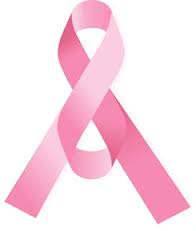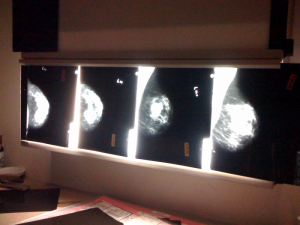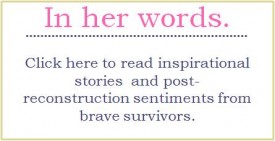 This week , Gail Lanter, CPC, Practice Manager of The Center for Natural Breast Reconstruction answers your question.
This week , Gail Lanter, CPC, Practice Manager of The Center for Natural Breast Reconstruction answers your question.
QUESTION: I have Buckeye Medical Insurance and I wanted to know if it will cover reconstruction of my right breast after having a lumpectomy and radiation treatment. It left my right breast disfigured, so I need to have this surgery. Thanks!
ANSWER: I’m happy to try to answer your question for you. Buckeye Medical Insurance looks like it offers a few different types of policies so without knowing which you have I can give you some general information. There are some payers who will not consider reconstruction of lumpectomy defects unless medical necessity has clearly been established. However, the majority of reputable insurers will allow for a reconstruction procedure if a medically necessary lumpectomy results in a significant deformity – as often happens with radiation treatment. Your surgeon’s office should be able to submit all of your documentation, including photos, demonstrating the problem you are having and ask that Buckeye pre-authorize the procedures necessary to reconstruct the area so you have a definitive answer prior to undertaking surgery.
There are many possibilities as far as what procedure to use according to what specific problem you are experiencing. It could be as simple as a scar revision procedure with fat grafting or as complex as the muscle sparing procedures in which we specialize according to how severe the defect. You would definitely want to consult with your plastic surgeon to get a plan as your next step.
Hope that information is useful, and please let us know what else we can do for you. We’re always happy to help!
— Gail Lanter, CPC, Practice Manager
Have a question about breast reconstruction or post-surgical care you’d like answered from our surgical team? Just ask us!















